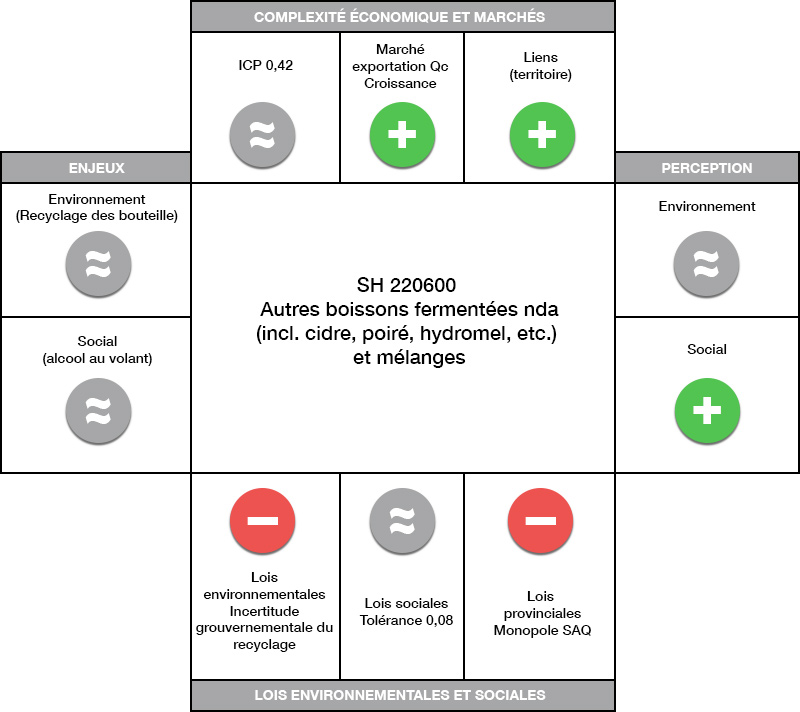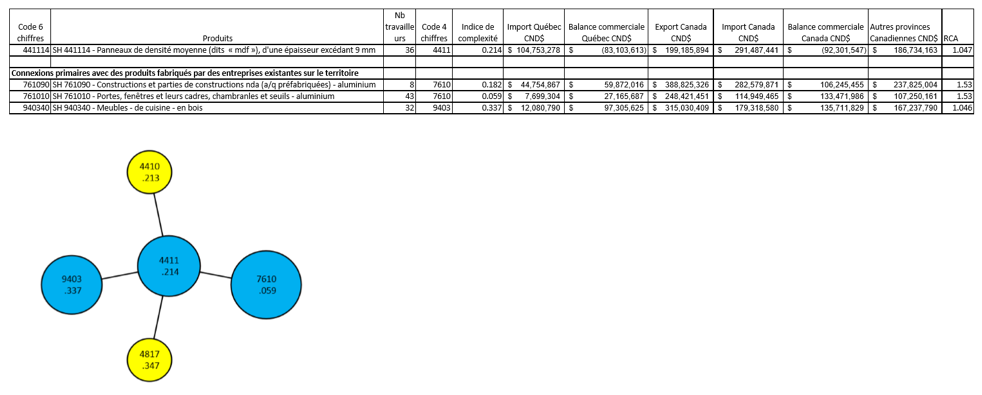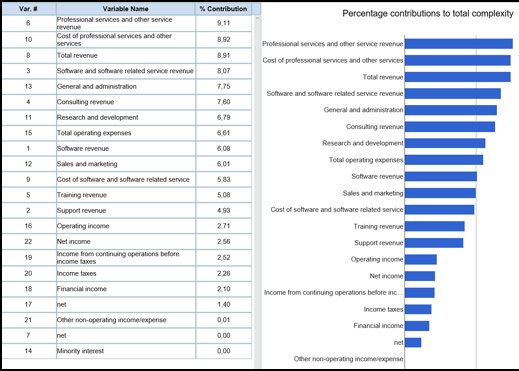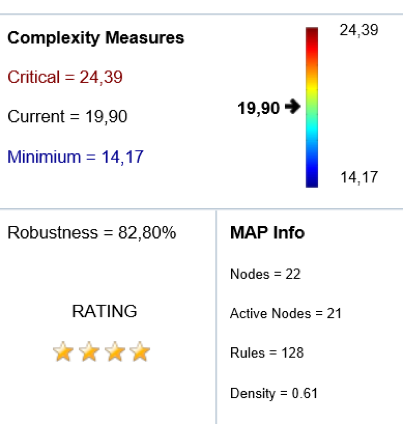Contextual analysis
Analysis to find business opportunities based on the following parameters:
- Economic complexity and markets
- Environmental and social issues
- Environmental and social laws
- Perception of customers from an environmental and social point of view
An example of result: Encourage the company to export its product to Ontario because of the growth of imports of this product by this province and the limitations of the Quebec market by the monopoly of the SAQ.
Detailed analysis of potential and sales targets
Analysis to find business opportunities based on the potential of new products related to its productive skills and the needs of these products in other Canadian provinces and international markets.
Analysis of robustness and complexity kernels
Analysis to define the level of robustness of a company based on different parameters and to determine the complexity of the kernels in order to make improvements in its performance.
Analysis of online sales opportunities
Analysis of global and national markets for increased online sales performance.
Sustainable opportunity analysis towards a circular economy
Determine a systemic indicator that arises from the analysis of the possibilities and difficulties of evolution of your product towards a functioning in sustainable economy in coherence with the environment. It is the weighted result of a series of measures that allows you to position your product in terms of utility and the necessary transformations to maintain its relevance in a future context with criteria such as: the limit of resources, robotization …
For whom ?
For companies that produce the following categories of goods:
- Live animals and products of the animal kingdom.
- Products of the vegetable kingdom.
- Animal or vegetable fats and oils; products of their dissociation; elaborated dietary fats; waxes of animal or vegetable origin.
- Food products; beverages, spirits and vinegar; tobacco and manufactured tobacco substitutes.
- Mineral products.
- Products of the chemical or allied industries.
- Plastics and articles of these materials; rubber and articles of rubber.
- Skins, hides, fur skins and articles thereof; saddlery or saddlery articles; travel goods, handbags and similar containers; articles of gut.
- Wood, charcoal and articles of wood; cork and articles of corks; plaiting or wickerwork.
- Wood pulp or other cellulosic fibrous material; paper or cardboard for recycling (waste and scrap); paper and its applications.
- Textiles and articles thereof.
- Footwear, hairstyles, umbrellas, parasols, walking sticks, whips, whips and parts thereof; primed feathers and articles made of feathers; artificial flowers; articles of hair.
- Articles of stone, plaster, cement, asbestos, mica or similar materials; ceramic products; glass and glassware.
- Fine or cultured pearls, precious or semi-precious stones, precious metals, metals clad with precious metal and articles thereof; costume jewelry; currencies.
- Common Metals and Articles Thereof
- Machines and apparatus, electrical equipment and parts thereof; sound recorders and reproducers, television image and sound recorders and reproducers, and parts and accessories of such articles.
- Transportation equipment.
- Optical, photographic, cinematography, measuring, checking or precision instruments and apparatus; medico-surgical instruments and apparatus; watches; musical instruments; parts and accessories of such instruments or apparatus.
- Weapons, ammunition and their parts and accessories.
- Miscellaneous goods and products.
- Objects of art, collectibles or antiques.




